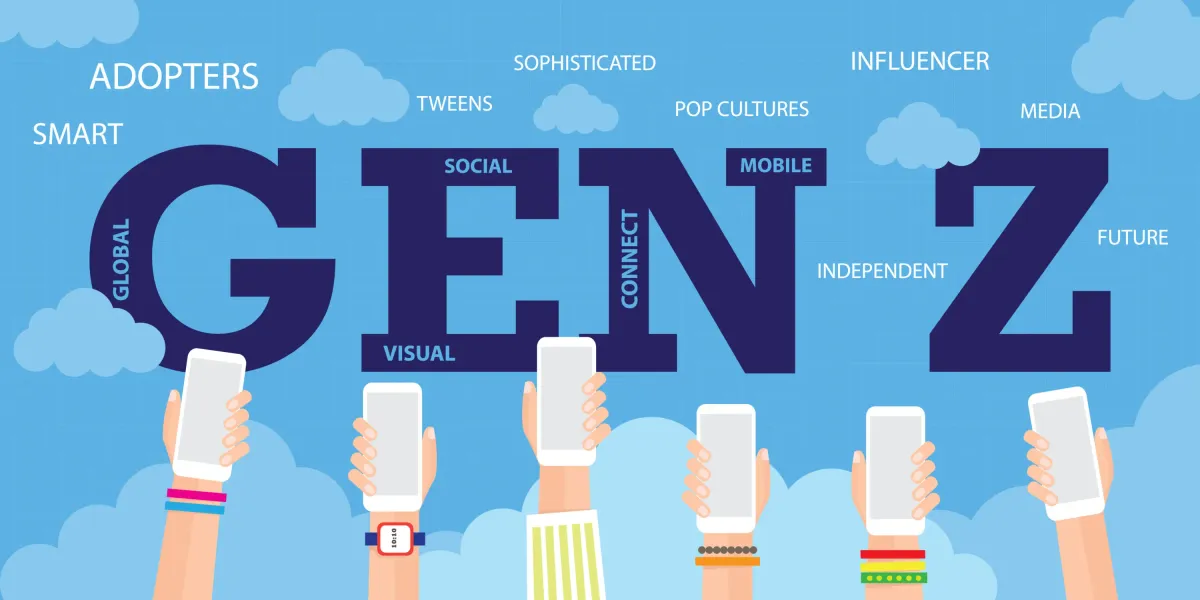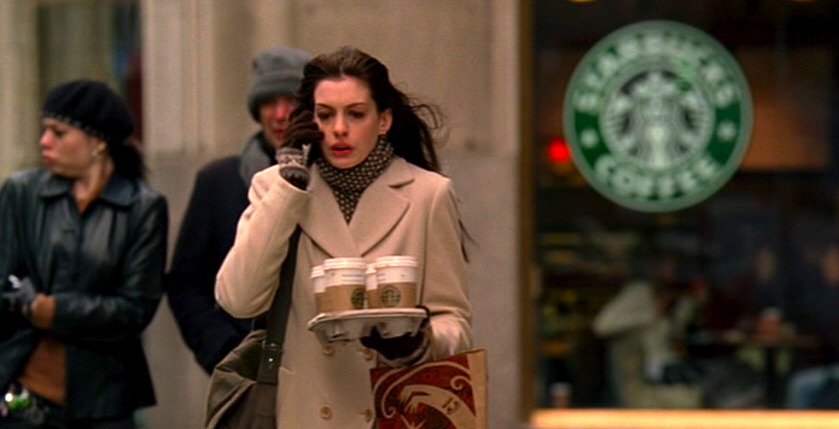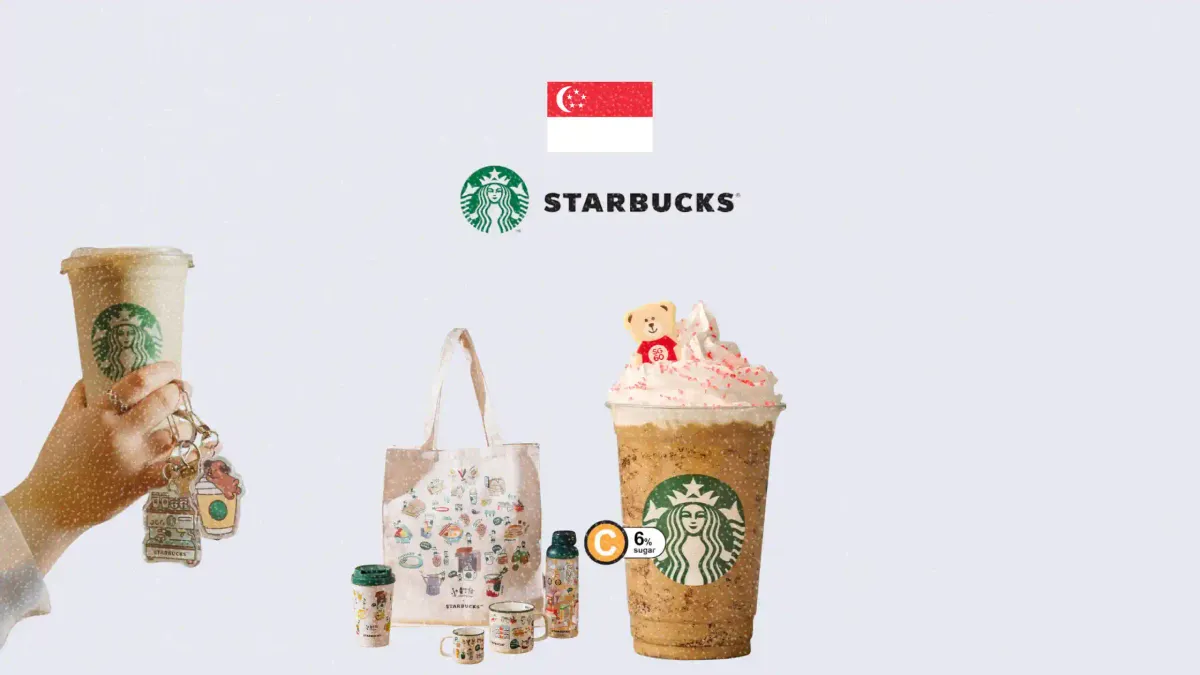![]()
The Starbucks Frappuccino wasn’t just another drink launch. When it debuted in 1995, it was a calculated bet on indulgence, seasonal flair, and youth culture.
Thirty years later, it’s not only still around but has become shorthand for self-expression and cultural relevance.
This article explores how the Frappuccino moved from a summer experiment into a cross-generational symbol, why it continues to sell strongly across Asia Pacific, and what its evolution reveals for marketers chasing both trend and longevity.
Short on time?
Here’s a table of contents for quick access:
- Pop culture as a growth engine
- Generational reinvention and digital shareability
- Localization and cross-market creativity
- What marketers should know

Pop culture as a growth engine
Celebrity visibility gave the Frappuccino its first burst of momentum. Paparazzi photos of Britney Spears and Lindsay Lohan with a cold cup in hand positioned the beverage as a lifestyle accessory, not just a treat.
Later, references in films like The Devil Wears Prada and TV series like Gilmore Girls reinforced the drink as part of a stylish, social identity.

Starbucks leaned into this presence by creating drinks meant to be photographed. Halloween’s Zombie Frappuccino, mermaid-inspired Fantasy Tail Frappuccino, and tie-ins like the Hello Kitty anniversary edition all played into this strategy. Each campaign underscored the Frappuccino as a cultural touchpoint rather than a static menu item.
Generational reinvention and digital shareability
For Millennials, the Frappuccino became a marker of “little luxury” indulgence.
Today, Gen Z approaches it differently. They prioritize customization, discovery, and visual storytelling. This generation expects beverages to look as good on Instagram as they taste.
That shift has influenced Starbucks’ broader cold-beverage strategy. Offerings like iced shaken espressos, plant-based milk alternatives, and gamified digital rewards all reflect the shift toward personalization and social engagement.
The Frappuccino acts as a bridge. It is both a nostalgic comfort for older consumers and a canvas for social-first, personalized experiences for younger ones.
That experience now extends beyond the cup. In Malaysia, Starbucks introduced limited-edition Frappuccino plushies packaged in blind boxes. The squishy collectibles not only reflect Gen Z’s love of tactile, aesthetic items but also show how Starbucks is turning product fandom into tangible lifestyle extensions.

Localization and cross-market creativity
Asia Pacific plays a central role in keeping the Frappuccino fresh. Starbucks has embraced local flavors like ube, pandan, and gula melaka to balance novelty with familiarity. Some local innovations, such as the Pure Matcha Frappuccino, have even gone global.
One standout example was the Birthday Confetti Ube Cream Frappuccino. It blended nostalgic flavors with visual fantasy through confetti sprinkles and mermaid-tail details.
These kinds of innovations show how Starbucks treats the drink as a global template that adapts to cultural nuance without losing its core identity.
What marketers should know
Starbucks’ Frappuccino story offers several strategic takeaways:
- Build cultural stickiness, not just awareness
The product became a fashion statement through celebrity visibility and pop culture tie-ins. Marketers should ask how their product can transcend utility to become a lifestyle marker.
- Adapt across generations
Starbucks balances nostalgia with reinvention. Marketers need to identify how different cohorts experience the same product and tailor messaging accordingly.

- Localize with intent
Regional insights drive global creativity. Instead of one-size-fits-all campaigns, Starbucks lets local markets shape flavors and formats that may later scale globally.
- Keep platforms diverse
Starbucks complements Frappuccinos with other cold beverages to meet a range of preferences. For marketers, this shows the value of building product ecosystems instead of betting on a single hero SKU.
Three decades in, the Frappuccino continues to generate nearly 30% of sales in markets like India and Malaysia. Its staying power lies in Starbucks’ ability to treat the drink as a platform for experimentation while preserving its iconic identity.
For marketers, the message is clear. Relevance comes from evolving with culture while keeping core brand equity intact. Creativity, culture, and connection are what keep consumers coming back. Whether for a beverage or a brand, the formula still holds.





Leave a Reply